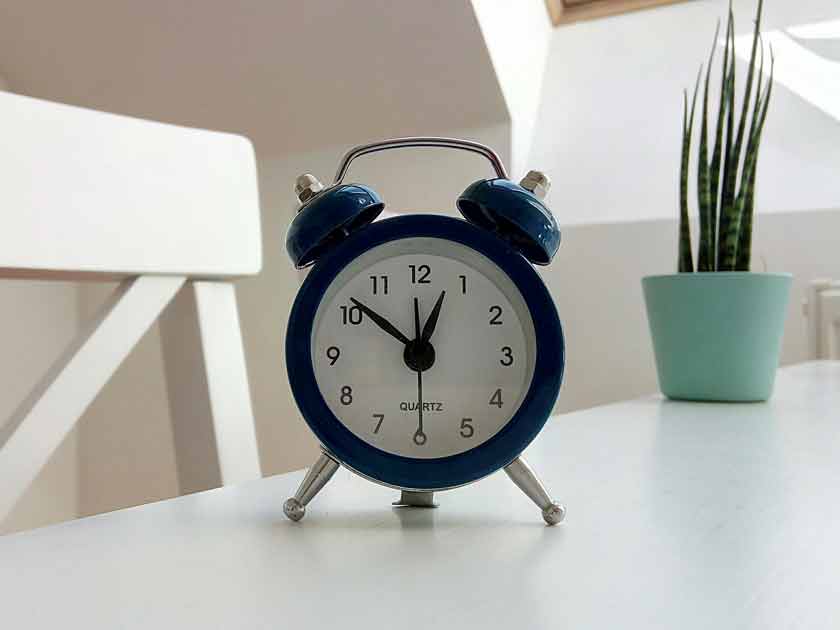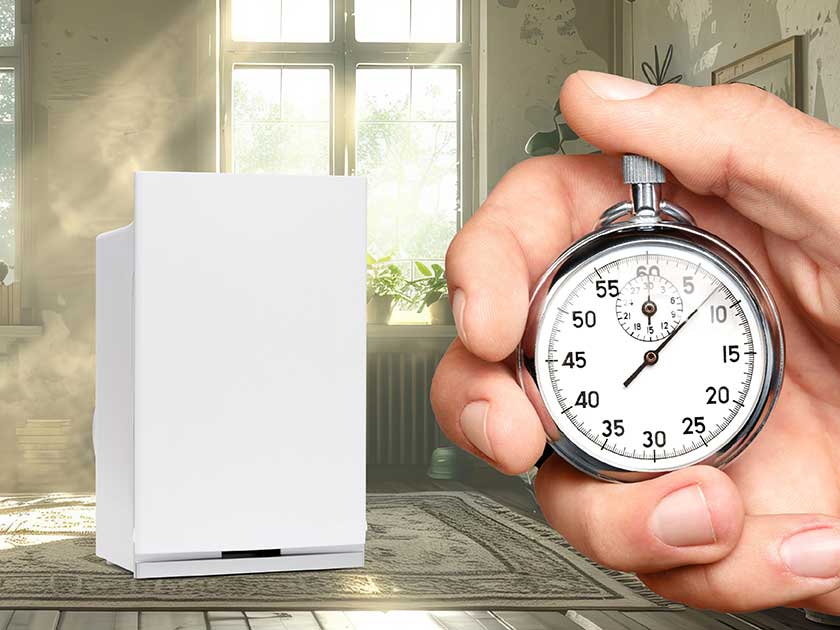
Summary
- HEPA filters remove particles but not odors — activated carbon or carbon/zeolite filters are required for smells.
- Removes odors from smoke, cooking, garbage, pets, sweat/body odor, and chemical fumes.
- VOCs in common odors require molecular filtration to neutralize effectively.
- Proper placement and CADR are key for effective odor removal.
- Keep spare odor filters for consistent fresh indoor air.
When it comes to indoor air quality, it isn’t just about catching tiny particulates. Truly clean air should smell fresh as well. Just because an air purifier has a high efficiency particulate air (HEPA) filter, doesn’t mean it will make the air smell better too. For truly world-class indoor air quality, you need an air purifier that can also get rid of smells. But which bad smells can an air purifier remove?
Types of Smells Removed by Air Purifiers
Here are some of the unwanted smells that a good air purifier can dispatch:
- Cigarette smoke odor
- Cooking smells
- Dirty diapers odors
- Pet odors
- Smoke odors
- Garbage odors
- Body odors
- Chemical odors
Most air purifiers use HEPA filters to remove tiny particles like dust and mold spores, but to remove smells you also need an activated carbon filter. Many smells are caused by volatile organic compounds (VOCs,) which a HEPA filter will not capture. An activated carbon or a carbon/zeolite filter is needed to capture the VOCs and neutralize odors.
Pollutants like tobacco smoke contain fine particulate matter as well as harmful chemical compounds, making for a noxious combination requiring a multi-part solution.
Using an Air Purifier to Remove Smoke Odor
Smoke is a fairly obvious signal that something in the air is likely unhealthy. Whether it is cigarette smoke, fireplace smoke, wildfire smoke, or just smoke from a burned dinner, they all contain noxious gases that are not good for your lungs.
While a high-quality air purifier with a HEPA filter can capture the fine soot and other particulate matter in the air, it won’t stop the associated odors. To clean the smell out of the air, you need an activated carbon or a carbon/zeolite filter.
Activated carbon has a massive surface area to volume ratio. Under a microscope activated charcoal looks like a sponge with lots to tiny holes throughout the material. These holes help capture smelly chemical compounds via adsorption (not absorption,) making it an excellent VOC/smoke filter media. Some air purifiers use a combination particle and gas filter (or pre-filter). While UV light can deactivate microorganisms, it is not effective against smoke odors.

Using an Air Purifier to Remove Cooking Odors
Just because a smell comes from the kitchen doesn’t mean it is good. Cooking odors are filled with VOCs as well as harmful cooking byproducts. Since a standard HEPA filter isn’t designed to remove odors, you need an air purifier equipped with an activated charcoal filter.
Some VOC filters also use potassium iodide to target harmful chemical compounds. Air purifiers that rely on ionizers are not as effective in removing odors as physical media filters, as they only target particles and not chemicals.
Ozone generators should be avoided because even though they can remove odors, they also create ozone at levels dangerous to humans, pets and other animals.
Make sure the air purifier's clean air delivery rate (CADR) is sufficient for the whole kitchen, otherwise those smells will creep into other areas of the house. The best place to put the air purifier is on a countertop near the center of the room (but away from any heat sources.
Using an Air Purifier to Remove Garbage Odors
As you know, a HEPA filter isn’t designed to take care of bad smells. To handle the stench of decomposing particles and bacteria, you need activated carbon filters or something similar. Many hybrid air purifiers have a HEPA filter for fine particulate matter and a separate odor filter. While methane and carbon dioxide are the most common gases given off by household waste, other VOCs can also be present.
Make sure the air purifier CADR is high enough to provide sufficient air exchange rates for the space. Also, it’s always a good idea to have spare filters on hand in case you notice garbage smells creeping back.

Using an Air Purifier to Remove Pet Odors
Just because you have pets doesn’t mean your indoor air quality has to suffer. Taming pet odors can be tough without the right tools. Odor-bearing particles like pet dander and volatile organic compounds from litter boxes, bedding, and more all contribute to that unmistakable “pet smell” in a house.
While HEPA filters are good at catching airborne particles like dander and fur, you need an activated carbon filter to capture gaseous contaminants. Ideally, an air purifier in a pet household should have a pre-filter so the main filter does not clog quickly with dirt and fur. It is also a good idea to check the air purifier intake for built-up fur that can block airflow.
Place the air purifier near where your pets spend the most time or in areas with poor ventilation that leads to unfortunate smells (like a nook where the litter box resides.)
Using an Air Purifier to Remove Sweat and Body Odors
Going for a run outside means plenty of natural ventilation, but running on the treadmill inside can lead to funky smells that linger. Air cleaner manufacturers don’t usually tout their ability to remove body odor, but using the right air purifier in an active workout space can help keep the indoor air clear.
The odor causing molecules at the root of offensive body odor can be brought under control with an air purifier. The key is using one with an activated charcoal filter to neutralize odors. To remove sweat and body odors, make sure the air purifier runs in the space as much as possible, as smells tend to linger after the workout is done.
Bonus tip: For those with teenagers, an air purifier like the Intellipure Compact is perfect for keeping the dreaded “bedroom funk” at bay.
Using an Air Purifier to Remove Chemical Odors
Chemical odors can come from any number of sources around the house. Cleaning products, new flooring, paint, glue, solvents, and even new furniture can give off gaseous contaminants with an unwanted smell. The most common way to capture chemicals and VOCs is by using molecular filtration such as activated carbon filters.
HEPA filters do not have the special adsorption properties found in impregnated carbon filters. Chemical compounds and VOCs go right through HEPA filter media, which is why many air purifiers have a secondary filter. The special adsorbing quality of an activated carbon or zeolite filter captures the harmful chemicals before they get to your lungs.
Conclusion
An air purifier can absolutely help with smell removal, but only if the air purifier has the right features. When shopping for an air purifier, make sure to match the CADR to the room size. If removing smells is a priority, pick an air purifier with an activated charcoal filter. Make sure to have an extra filter on hand, so when it comes time for maintenance, your fresh, clean air will never skip a beat.

 How Long Should You Run an Air Purifier Daily?
How Long Should You Run an Air Purifier Daily?
 Do Air Purifiers Help Control Humidity Levels?
Do Air Purifiers Help Control Humidity Levels?





